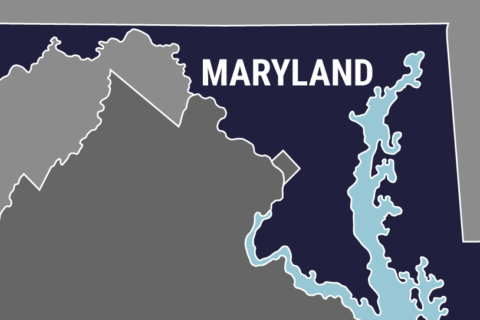WASHINGTON — Some Marylanders may feel a sense of deja vu as Gov. Larry Hogan enthuses over maglev trains.
Hogan seeks a $28 million grant to explore bringing the high-speed trains to Maryland after taking a trip on a test track in Japan. But this isn’t the first time the trains that use magnets to propel trains along guideways at speeds of more than 300 mph has wowed Maryland lawmakers and transportation officials.
In 1991, Maryland Sen. Barbara Mikulski was working on getting millions in federal grant money to explore the technology. High speed rail — like maglev — has long been seen as a possible congestion reliever and catalyst to economic growth in the Baltimore-Washington corridor.
During then-Mayor Martin O’Malley’s administration in the early 2000s, exploration of the high-tech transportation was renewed, but then cooled as the price tag — in the multiple billions of dollars — and finding rights of way proved to be immovable obstacles.
In Virginia, a project to introduce maglev trains on the campus at Old Dominion University left the Commonwealth with unfinished infrastructure and a $7 million bill. In an editorial in the Virginian Pilot from 2004, Virginia Secretary of Transportation Aubrey Layne was quoted as saying he wouldn’t invest the taxpayers’ money in the technology.
Hogan’s enthusiasm for the Japanese rail system has irked local supporters of the Purple Line, the light rail project that would carry riders from New Carrollton to Bethesda. Hogan has repeatedly mentioned the $2.4 billion price tag as too steep. A maglev train from Washington to Baltimore has been priced at $10 billion.
WTOP’s Kate Ryan contributed to this report.






